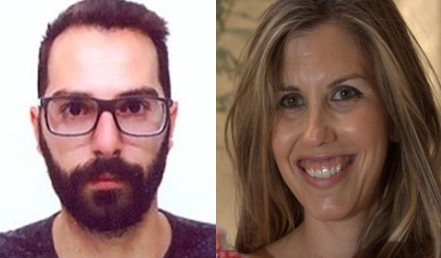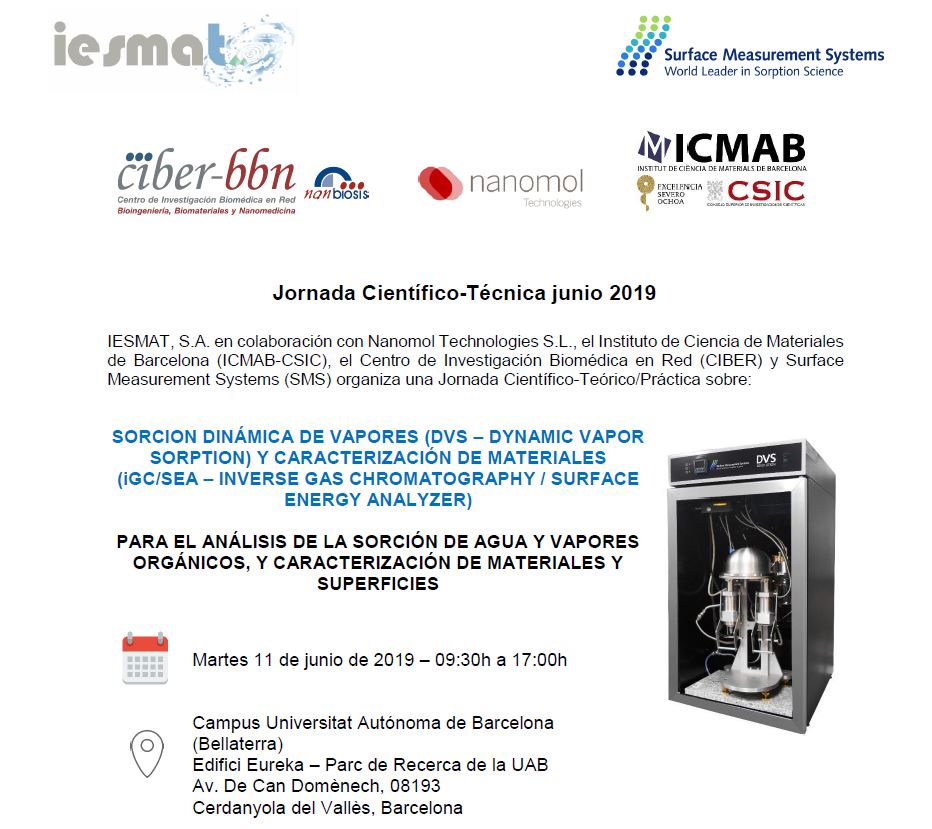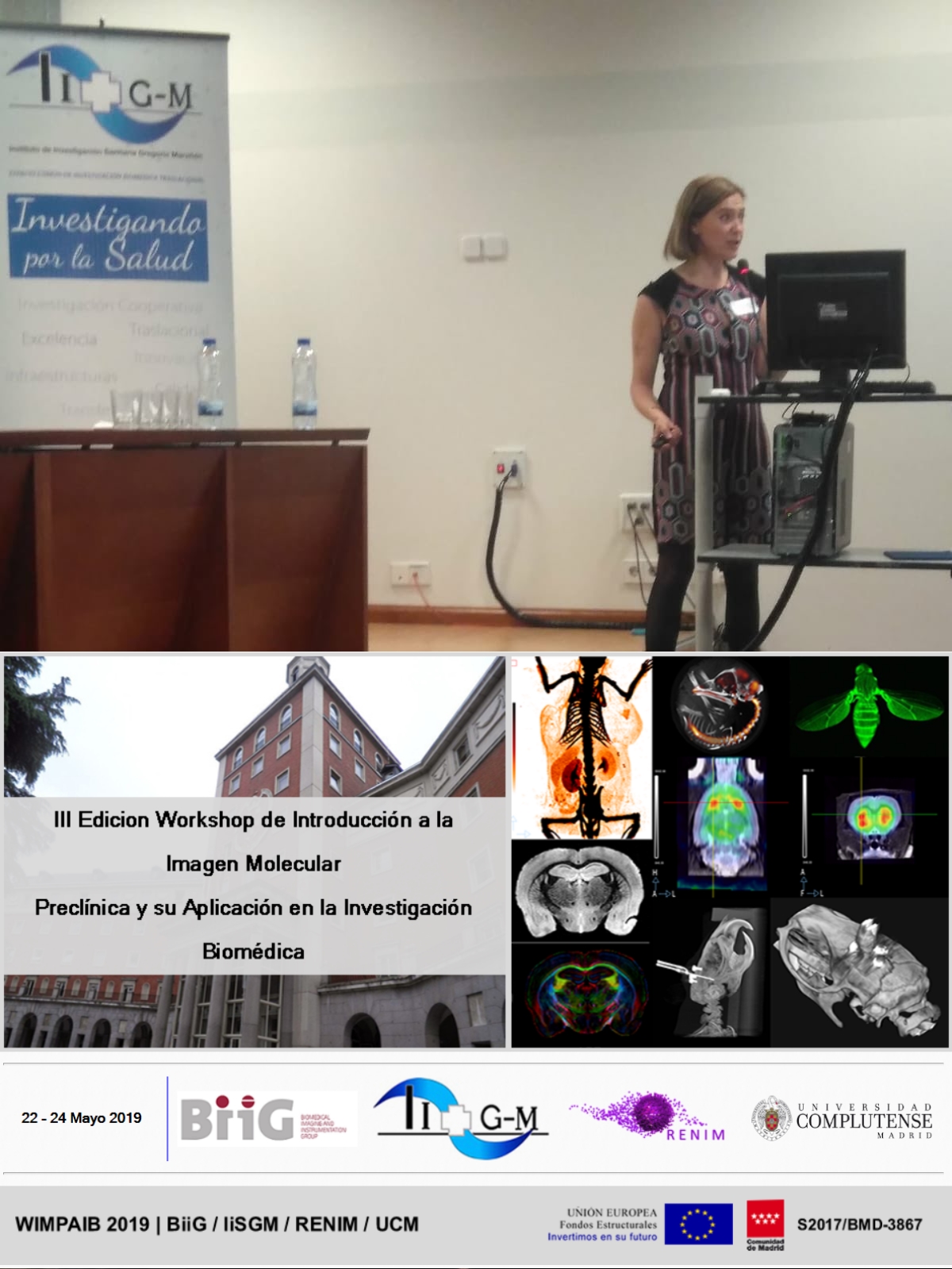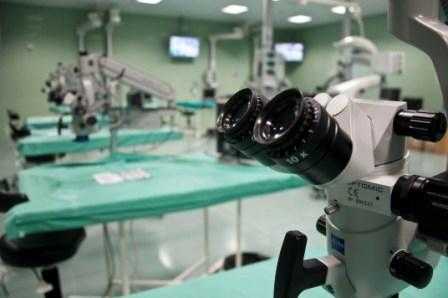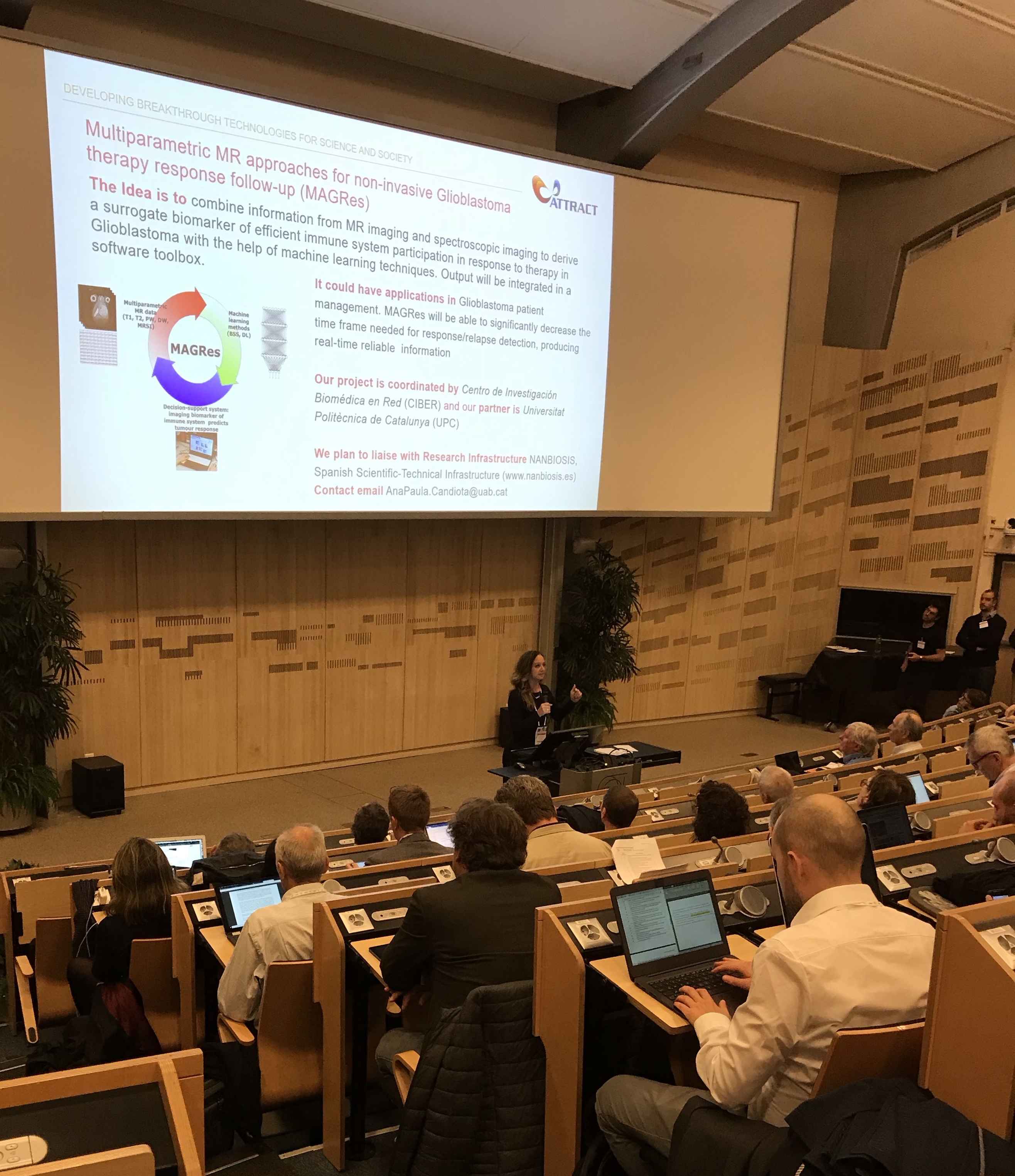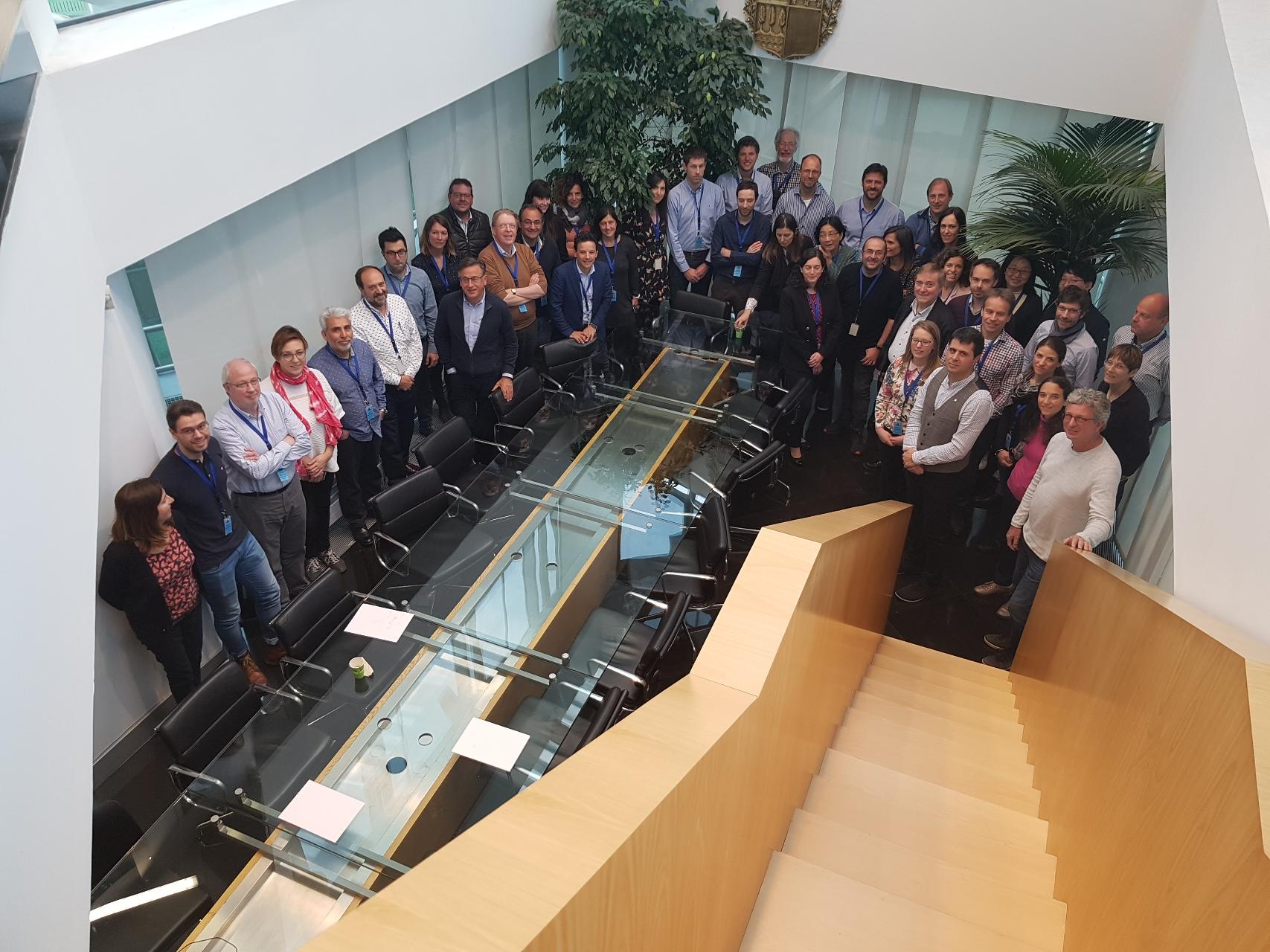NANBIOSIS U27 propose a mew method for assessing nonlinear cardiorespiratory interactions
Researches of NANBIOSIS Unit 27 High Performance Computing, S. Kontaxis, J. Lázaro, E. Gil, P. Laguna, and R. Bailón are the authors of an article recently published by IEEE Transactions Biomedical Engineering
Alternations of cardiorespiratory interactions are related to Autonomic Nervous System (ANS) dysfunction and physiological regulation of the Heart Rate Variability (HRV) in cardiovascular diseases. In this study, a method for assessing nonlinear cardiorespiratory interactions is proposed, quantifying the Quadratic Phase Coupling (QPC) between respiration and HRV. Quadratic cardiorespiratory couplings are studied during a tilt table test protocol on young healthy subjects. Results show a significant reduction of QPC between respiration and HRV during head-up tilt position compared to early supine suggesting that the proposed technique is able to track nonlinear cardiorespiratory couplings during ANS changes.
Article of reference:
S. Kontaxis, J. Lázaro, E. Gil, P. Laguna, R. Bailón (2019)Assessment of Quadratic Nonlinear Cardiorespiratory Couplings During Tilt Table Test by Means of Real Wavelet Biphase, IEEE Transactions Biomedical Engineering. vol. 66, n. 1, pp. 187-198 doi: 10.1109/TBME.2018.2821182
